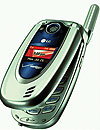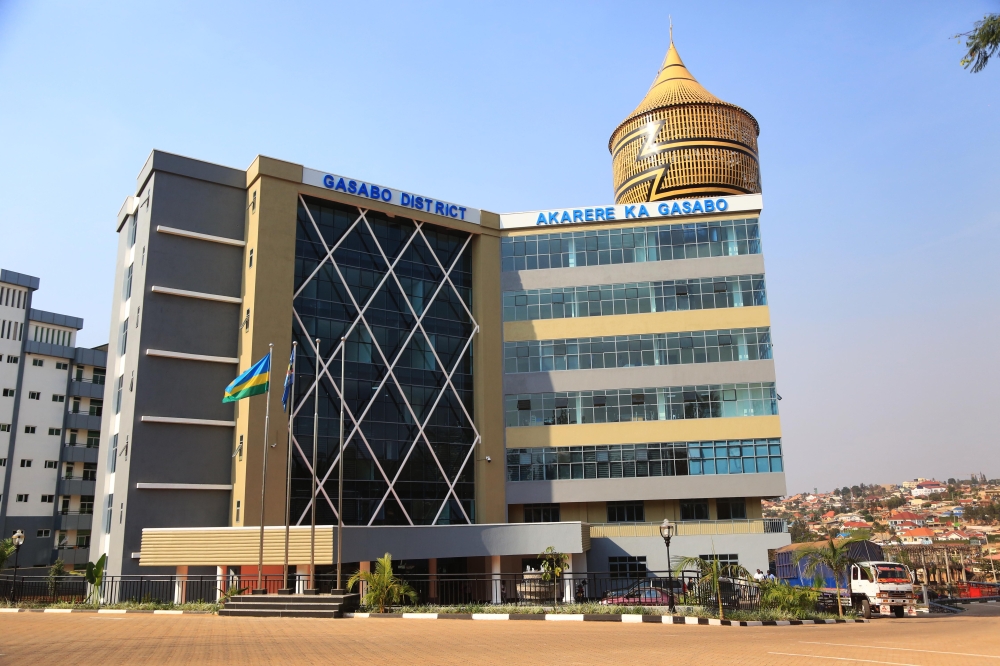In the last issue of this column, we briefly looked at how the mobile phone works. Due to public demand on this very important topic, I have been obliged to expound more light on the topic or rather the “gadget” that has revolutionized the lives of many.


In the last issue of this column, we briefly looked at how the mobile phone works. Due to public demand on this very important topic, I have been obliged to expound more light on the topic or rather the "gadget” that has revolutionized the lives of many.
Just imagine how long it used to take for someone to acquire a phone line!
Now days, that is history, you can get a fully connected phone in less than ten minutes and be able to use it in as many locations as you chose without bureaucratic limitations.
Paying your bill is as simple as 123; what else do we need in as far as telephone communication is concerned?
Going by the name, "Cell phone”, it is derived from the fact that, the phone operates in "Cells”, for simplicity’s sake, let us assume that there is only one Mobile phone company in Rwanda; let us further assume that Rwanda is made up of up to one hundred Cells. In this case, a cell represents a give geographical area.
If we further assume that each cell has a mobile phone transceiver (transmitter / receiver) mast. The ingenuity with the cellular system is the fact that of the division of a location into small cells.
This permits the frequency re-allocation across any given location, so that millions of people can use cell phones simultaneously. Unlike the conventional radio that tries to cover the whole country, a mobile phone signal covers just a cell, as you travel from one cell to the other, one "mast”(Transceiver mast plus a base station) will hand you over to another and another and another (without interrupting your communication).
Normally, one cell will have a different frequency from its neighbouring cell so that, there is not conflict, but after two or so cells, the same frequency can be used since this one and the former are not in intersection and cannot conflict.
For those living within the intersections or borders of such cells, You might have wondered as to why your TV or Radio sets sometimes keep on "coughing” when in close proximity with an active mobile phone; as the phone keep on trying to switch form one cell to another, this is the phenomena is responsible for your Mobile phones’ effect on radio and TV sets.
Now you know why. The phone keeps searching for the best possible signal. A typical Analog cell-phone system has about 832 radio frequencies to use in a cell, since communication is on full duplex basis, this is translated to 395 channels, after 42 have been designated for control purposes.
With this, each cell has about 56 voice channels available.
In other words, in any cell, 56 people can communicate on their cell phone at one time.
Analog cellular systems are considered first-generation mobile technology, or 1G. With increased usage of the Digital Systems (2G), the number of available channels increases.
For example, a TDMA-based digital system can support three times as many calls as an analog system, making each cell to host about 168 callers at ago.
Email: eddie@afrowebs.com




